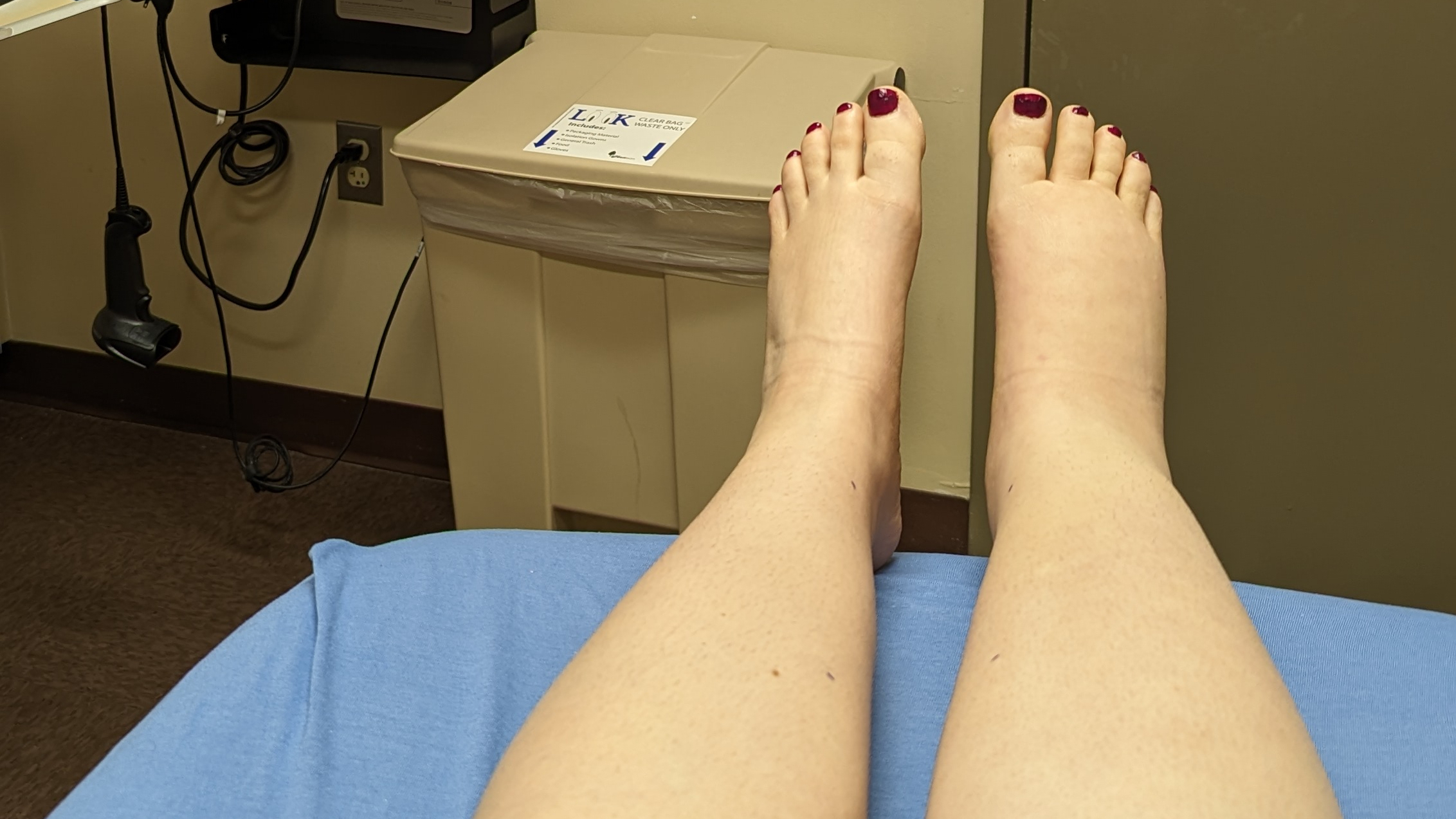There’s always something going on in the world of lymphedema and lymphatic research! It can be a lot to keep up with, so here’s a digest of some of the latest headlines from the past week carefully curated to keep you in the lymphie loop.
 “Marshall Islands eliminates lymphatic filariasis”
“Marshall Islands eliminates lymphatic filariasis”
Great news in the world of public health!
The Republic of the Marshall Islands has officially eliminated lymphatic filariasis as a public health threat, joining six other countries in the World Health Organization’s Western Pacific Region to have achieved this since the Global Programme to Eliminate Lymphatic Filariasis was first launched in 2000; the other countries are Cambodia, China, Cook Islands, Niue, the Republic of Korea, and Vanuatu.
Lymphatic filariasis — also known as elephantiasis — is a mosquito-borne disease that damages the lymphatic system, causing severe disfigurement and disability. It remains an endemic in seventeen countries in the Western Pacific Region, and its eradication continues to be an important priority for WHO.
READ THE FULL PRESS RELEASE AT OUTBREAK NEWS TODAY.
“This Johns Hopkins startup has a new way to regrow soft tissue”
A team of engineers, scientists, and clinicians at Johns Hopkins Hospital have formed a startup, LifeSprout, through which they’ve developed a soft tissue replacement alternative made from a composite of hydrogel and polyester nanofibers.
The synthetic material could be injected or implanted where it then works as a scaffold, making space for the body to regenerate its own tissue over time. It would be a huge benefit to cancer and trauma patients who would otherwise require surgery to rebuild the damaged parts of their bodies, such as during a mastectomy.
LifeSprout has received nearly $1 million in funding and grants from Johns Hopkins Tech Ventures, TEDCO, and the Abell Foundation, and is looking to move toward clinical trials now.
I’m not sure what the implications are for lymphedema or the lymphatic system, but it seems like there definitely could be some opportunity there! It’ll be exciting to see what develops.
READ THE FULL ARTICLE AT TECHNICAL.LY BALTIMORE.
“World’s First Fluorescent Frog Found in the Amazon”
Okay, so this isn’t news from this week, but I thought it was kind of a fun one to include:
Scientists recently discovered the world’s first naturally fluorescent amphibian, the South American polka-dot tree frog. It’s about three centimeters long and — you guessed it — covered in spots, but what really got scientists’ attention was its glow, which comes from three specific molecules (hyloin-L1, hyloin-L2, and hyloin-G1) found in the frogs’ glandular secretions, skin, and lymph tissue.
The jury’s still out on what exactly the function of the frogs’ glow is, but it’s likely that it may have something to do with communication. Imagine the glow us lymphies would have if our lymph tissue had those molecules… !
READ THE FULL STORY AT YALE ENVIRONMENT 360.





Leave a Reply